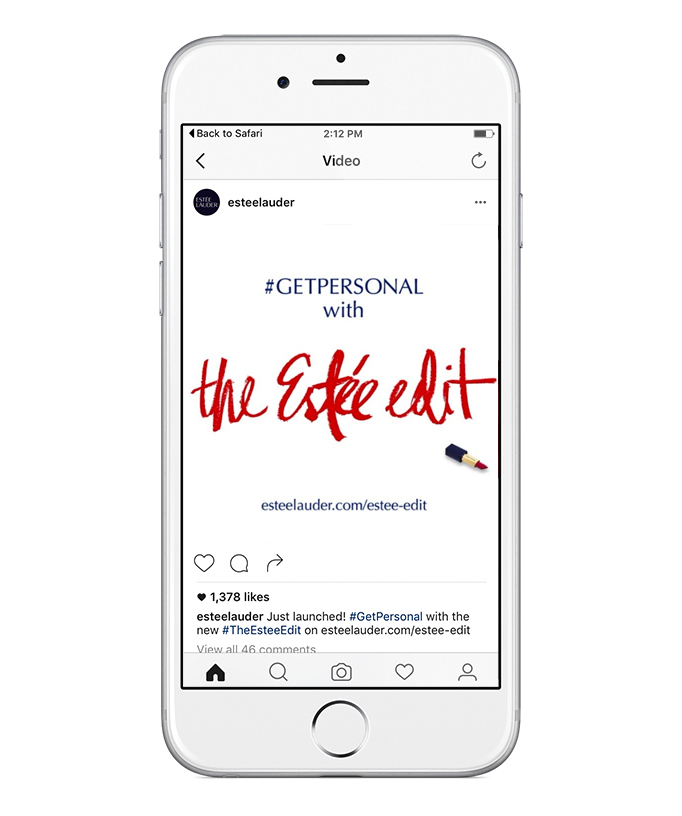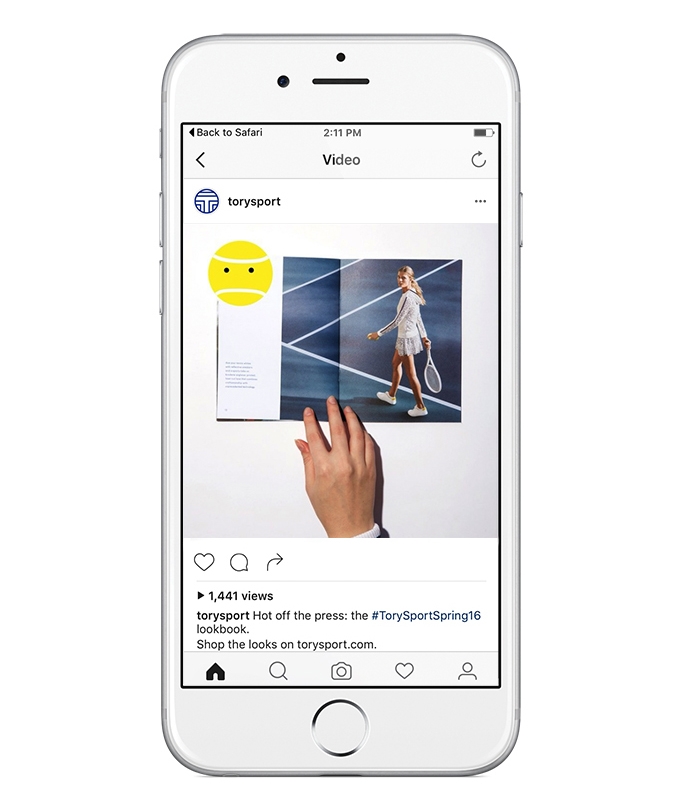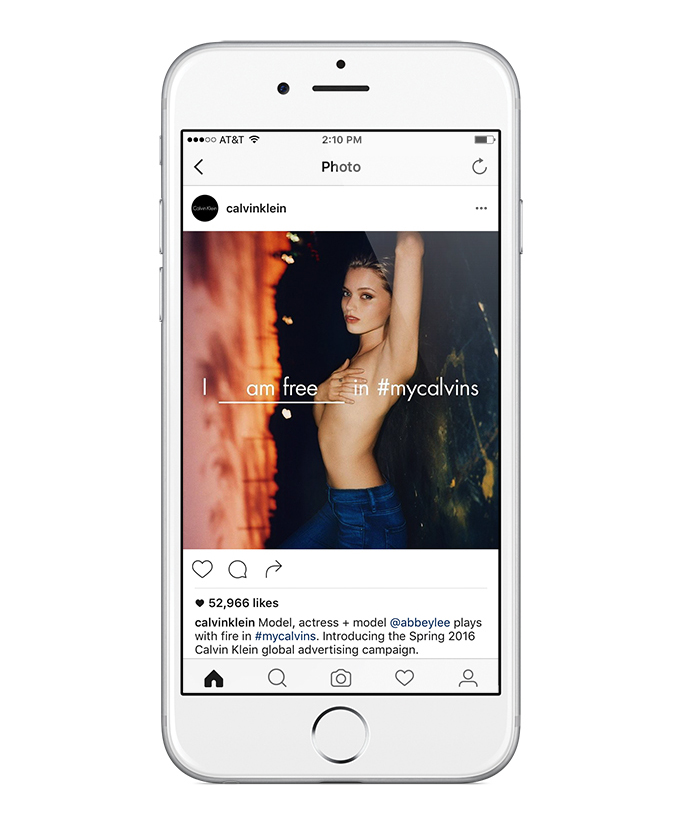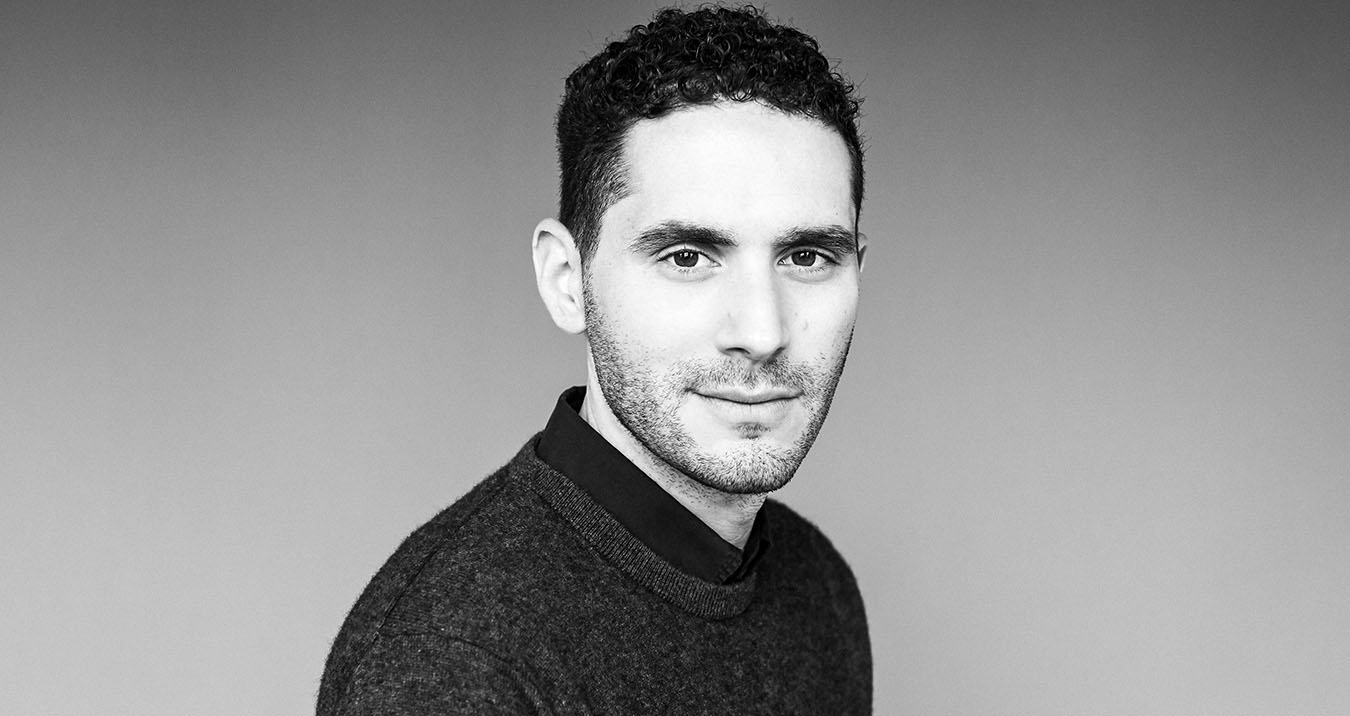In this ever-changing world filled with more questions than answers, IAN SCHATZBERG, Partner & President of integrated creative agency WEDNESDAY, is a guiding light steering fashion houses toward a successful future. In his leadership role with Wednesday, Ian has been at the forefront of shaping the strategies, creative and behaviors of today’s leading retail and lifestyle brands such as Polo Ralph Lauren, Theory, H&M, Gap and Galeries Lafayette among others.
The Impression caught up with Ian to chat about the changing landscape of fashion communication, the reality of digital, mobile, and the “digital-first brief.”
BY KENNETH RICHARD
Ian, excited to chat today because you’ve got a whirlwind of experience, particularly on the digital front, and have navigated the agency to be a digital leader. I’m very curious about the digital first brief, how is this brief a game changer?
That’s a great question. I think this is a timely discussion to be having because as I reflect over the course of 2015 and the early months of 2016, I would say that we are witnessing a shift in the way brands are briefing agencies when it comes to campaigns. It’s a subtle shift in language but a really important one. What used to be the ask for digital deliverables to populate owned / earned channels has become an ask for “digital-first campaigns.” To unpack that a bit further, we have gone from “we need to produce assets for digital” to “we need to put digital at the heart of everything we are communicating and at the core of how we are conceiving this campaign”
The implications of this shift are far-reaching and I think that the agency / brand relationship is undergoing a restructuring in order to deliver against this brief. It requires new approaches to how work gets concepted, new ways of thinking about budgets – the allocation of funds for assets – and new operational processes between the agency and brand. Overall, I think it’s a really exciting time where the evolving reality of where audiences are consuming brands has transformed the creative process within our category.
Do the brands have a realistic perception of how to drive eyeballs online?
I think some of them, yes, and in other instances, less so. The media mix is complex these days between paid, earned and owned and there is a lot of legacy approaches to buying media that remain. I think that brands, regardless of their expertise within the online space, are looking for stewardship on behalf of their partners around how best to amplify their stories across all touch-points. It’s not enough to have a great execution in your campaign – you need a great idea that has the flexibility to scale across your audience’s journey from inspiration down to purchasing decision. In building out digital strategies that garner reach, we talk a lot about the consumer journey from the consumer’s phone, to a billboard, to a PDP page and ask ourselves: “are we producing the right message, and the right content to not only excite our audience but also satisfy their needs within each of these channels?”
Aren’t brands also asking for expanded reach through capitalizing on those who already have pre-established networks, like Kendall Jenner?
Yes, definitely, and the role of influencer marketing continues to grow. It’s definitely a viable way of building reach within the digital space. I do, however, think that there is a risk of losing your brand message to influencers as so many people have rushed to engage those with strong social reach. This brings up a separate conversation perhaps around the evolving need for influencer strategies within brands and campaigns – but that’s a topic for a follow-up conversation!
We also see brands becoming publishers like Net-a-Porter or Estée Lauder, with The Estée Edit, which you have played a role in. But isn’t this a very heavy lift they have to drive to?
I think it is a lift, but I don’t think it’s a heavy lift because I don’t think the intention within these destinations is about trying to get every user into them – only a percentage of your traffic will spent time within these platforms. That said, the platforms serve as a point-of-origin for the dissemination of content across channels. They represent the ever-expanding editorial behaviors within brands which are then using content as a jumping off point to shape social media strategies, seasonal campaign strategies, PR activations and product launches. It’s amazing to see the successes of The Estée Edit and its ability to attract a new generation of Lauder fans. It’s even more amazing to see how a content platform can lead to the birth of a new product range, as is the case with the new The Estée Edit line available now at Sephora and esteelauder.com. I think this is a very modern way to think about marketing and product development – specifically, how brand content and editorial can shape the behavior of a business at large.

Ok, so how about the flip side of large? How about younger design houses without the muscle go at publishing? As they may have all of the storytelling and content development ideas but not the ability to draw people to it.
That’s a very fair question. I don’t think there is a one approach fits all methodology to brand building. Different businesses at different scales require different things; but all businesses should be thinking through a digital-first lens. This does not mean that emerging designers need to become publishing houses, but it does mean that your business should be where your audience is – and your audience is increasingly on digital platforms. In working with emerging talent we implore them to think about how they can be producing content and experiences that connect with popular culture and the mediums of popular culture: Instagram, Snapchat, Facebook, Video. I look at how an emerging company such as Reformation has used content and social to build engagement and community. It’s not the “publishing house” model we spoke about a moment ago, but there is a cross-over in business intention.
Speaking of cross-over, let’s talk mobile. How has that changed your game in the last year?
Mobile continues to grow at an astonishing pace and the boundaries around purchasing fashion on your mobile device, at all price points, are essentially gone. Having a mobile commerce strategy is key to all businesses and we are doing a lot of work optimizing mobile instances. But perhaps more interesting, is the way in which mobile has completely changed the campaign approach.
[quote text_size=”small”]
People are consuming brands on their phones, as far as I’m concerned, it’s the most premium real estate within the life of your consumer. Campaigns can live and die here and what works the best is video. We are seeing an explosion in short-form, social video and we are advising our clients to shift investments here.
The challenge is that I don’t think many people in the fashion / aspirational categories have cracked short-form video. What performs well is light, sensorial video, humor or art directionally graphic ways of showing product. I love a lot of what Tory Sport has been doing on the brand’s Instagram with moving image. You can see how the graphicness of their brand visual language lends itself really well to social / video content.

What do you think marketers should be thinking about and paying attention to or looking for as they go into the back-half of this year?
There are three connected themes that I keep coming back to this year around the challenges and opportunities for marketers – operations, prioritization and planning. These may not be the sexiest topics, from a purely creative perspective, but they are intensely relevant to enabling good work.
We continue to watch the convergence of marketing, PR and creative – a movement away from the distinct disciplines which worked in a traditionally linear fashion towards much greater interconnectedness. I’ve joked that you can see this interconnectedness in the growing number of stakeholders that now come to the campaign briefing, the more the merrier!
[quote text_size=”small”]
But the reality is that in the era of the “digital-first brief” the genesis of a great idea can come from all places and ensuring that the key individuals within your organization responsible for communications at large play a role in the briefing and development of a campaign is critical. It’s amazing still how often work can be produced and then the brand digital people or brand PR will be asked to make something of a concept which doesn’t authentically work in their mediums.
Marketers need to be thinking about how they avoid this exact situation and it’s definitely not easy – or better to say, it’s exceedingly hard as it touches on the fundamental pressures digital continues to place on how campaigns are staffed, organized and executed.
On the topic of prioritization and planning, I think what we continue to see on behalf of marketers is a desire to be everywhere and on every-channel. Sadly, this desire is an impossibility in a world of finite budgets. What’s key is to prioritize what channels are going to be most meaningful to your business and your brand, double-down on those, and go for it. Then, once you’ve aligned on your approach, it’s about planning out your message and your assets to ensure that you can deliver in the channels which are most meaningful. As an agency, we spend a tremendous amount of time in the concept stage planning out these channel strategies and then relevant asset needs. It cannot be an afterthought or a tack-on.
So Ian, to summarize, what do you think makes for a good brief within the digital era? First I’d say, when we talk about the need for “digital-first campaigns” I feel that brands are acknowledging that culture, energy and engagement ignites online. And that to create campaigns meaningful in the lives of consumers, you need to be looking for ways of weaving yourself into the screen – on social, in video, directly in the “feed.” This was and continues to be the beauty of #mycalvins, a campaign that originated in the conversations taking place on Tumblr and grew into a trans-seasonal platform that shaped a new behavior for the brand. Despite the changing nature of the brief, I still feel we hear comments about online initiatives being a Tier-2 moment – but the Tier-2 moment is now the Tier-1 campaign! From Instagram to your Billboard! It’s a new way of going about the creative process.

But I’m digressing from your question Kenneth in enthusiasm. When thinking about the ingredients of a good brief, it starts with having a define brand strategy about where you feel is most appropriate to engage your audience. Where can you win? Where do you allocate funds knowing you cannot be everywhere? How are you bringing the right partners to the table to ensure representation through the line? And then, the toughest part, how are you creating big ideas with the flexibility to weave into the lives of your consumer in the mediums which matter most, today.
Ian, thank you for making the time. It was a pleasure!
Thank you Kenneth for the opportunity, it’s been fun.
